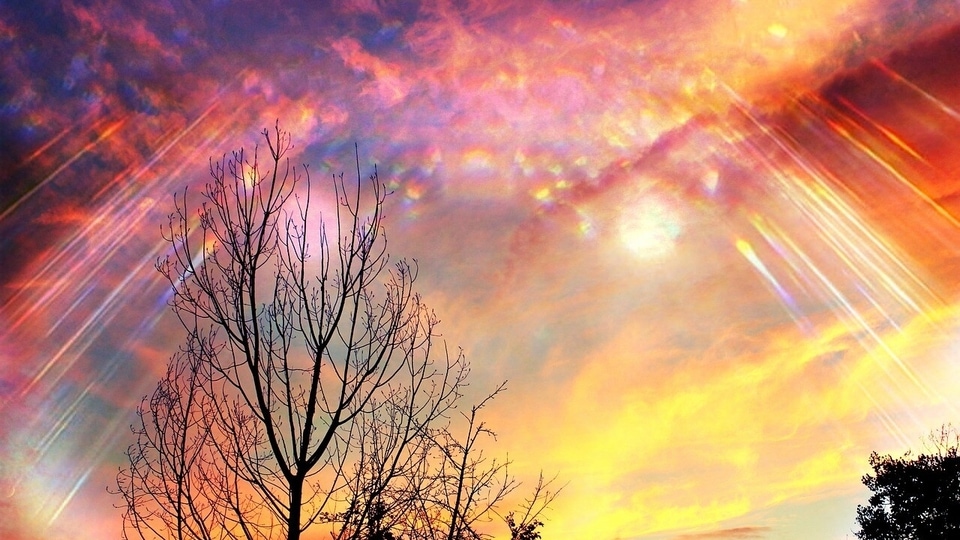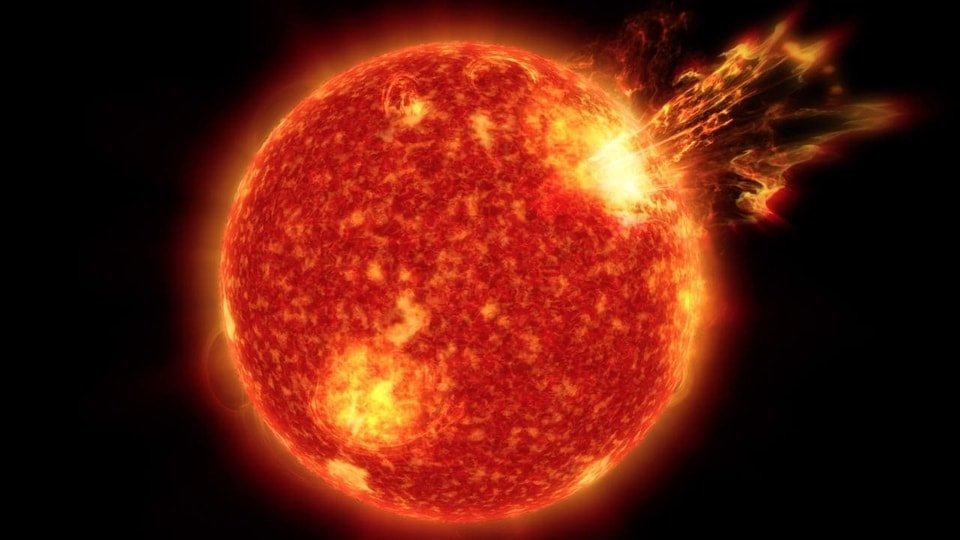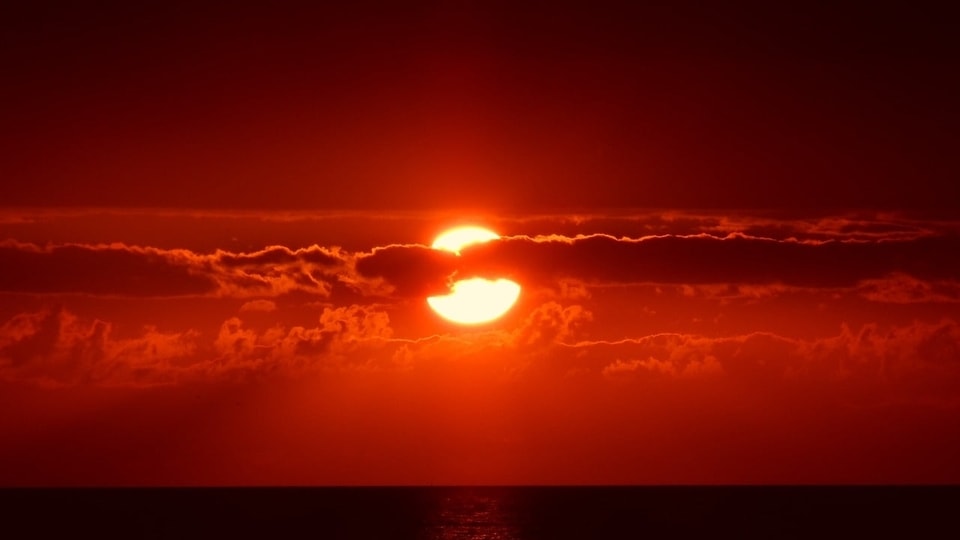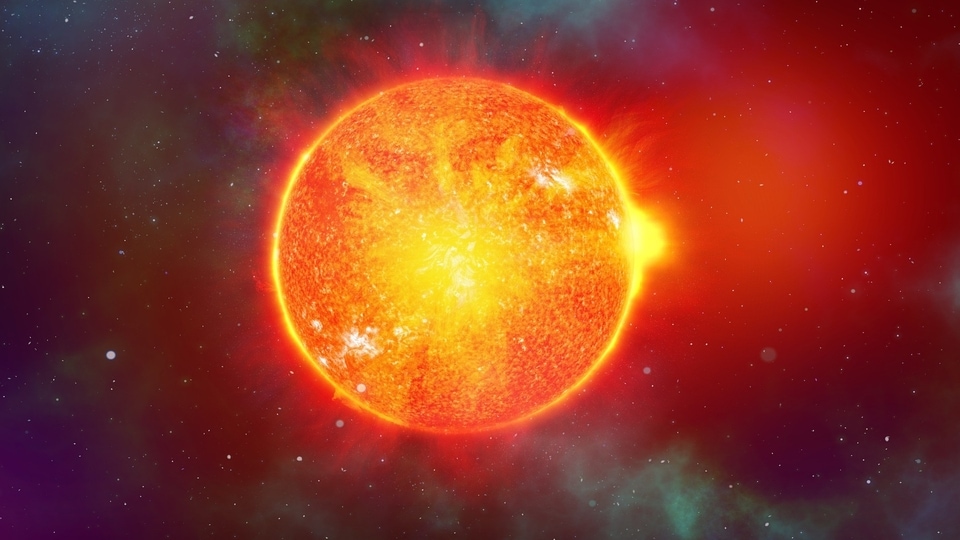Solar storm approaching Earth soon, set to hit on January 1! Auroras to be visible in high latitudes
A solar storm launched towards Earth on December 25 is expected to boost solar flare and storm activity in the next four days. Know about this development.






 View all Images
View all ImagesWith 2024 approaching, the frequency of solar storms, solar flares, geomagnetic storms, and other solar phenomena is set to increase. According to various models and predictions by scientists, the solar cycle 25 will enter the peak of solar maximum in mid-2024. Solar maximum is when the Sun has the highest number of sunspots (active areas of solar flares). These sunspots are what send these vicious solar storms toward the Earth. A recent report has suggested that a solar storm is set to hit Earth and there's a chance that it will generate auroras. Know all about it.
Solar storm today
According to Space Weather Physicist Dr. Tamitha Skov, a solar storm was launched towards Earth on December 25. It will result in fast solar winds that are expected to boost solar flares and solar storm activity in the next four days. As per the report, there is a 30 percent chance of a minor solar storm on January 1, the first day of the new year. Such storms can do more damage than normal. They can damage small satellites, impact mobile networks, and GPS, and even pose a threat to ground-based electronics and power grids by increasing the magnetic potential by huge amounts.
While there is some time until the solar storm approaches, auroras could be sighted today, December 29. As per the report, auroras could be visible at high latitudes.
How do auroras form?
According to NASA, when a solar storm interacts with Earth's magnetic field, it results in the formation of geomagnetic storms. The solar particles released during this interact with the various gases present in our atmosphere and form stunning Auroras which are a sight to behold, especially from places like Reykjavik in Iceland and Svalbard in Norway.
Reason behind increased solar activity
The Sun entered solar cycle 25 in 2019 and it is expected that it will hit its peak in July 2025. And this is the main reason why the Sun has suddenly become so violent. The Earth is in for a rough ride. If the Earth is hit with a G5-class solar storm, as predicted by observing the growing sunspots, it can not only damage satellites and disrupt wireless communications such as internet services, mobile networks, and GPS, but it can also cause power grid failures and even disrupt electronics such as pacemakers on Earth.
Catch all the Latest Tech News, Mobile News, Laptop News, Gaming news, Wearables News , How To News, also keep up with us on Whatsapp channel,Twitter, Facebook, Google News, and Instagram. For our latest videos, subscribe to our YouTube channel.
































